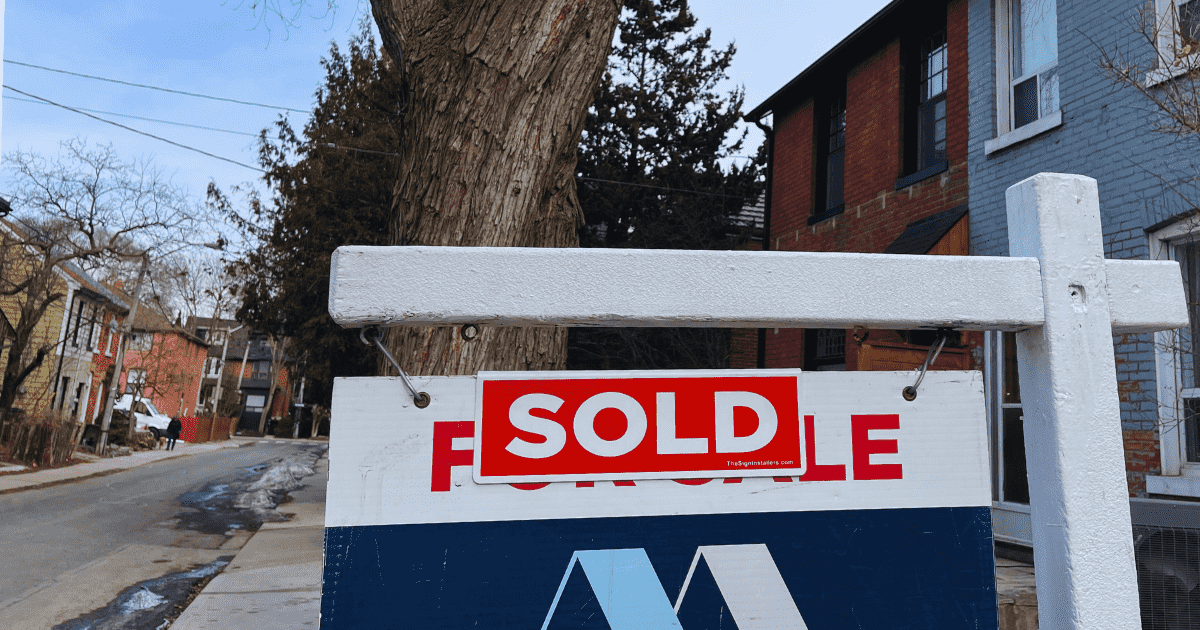“I’m not upset that you lied to me; I’m upset that from now on, I can’t believe you.” – Friedrich Nietzsche
In this continuing series of articles, which are abridged excerpts from my book, The Happy Agent, I address the workhorse and often underutilized Comparative Market Analysis, commonly referred to as a CMA. You can derive a fair estimate of market value from a thorough one, but there’s much more to be had by carefully analysing it.
As an active trader who’s familiar with the local market and prevailing economic conditions, you have a fair idea of the approximate value of a prospective new listing before even starting the work or entering the foyer. However, it’s important to polish your opinion by carefully analyzing the neighbourhood sales history.
You begin by checking the active, sold and expired listings of properties most closely resembling the subject in building and lot size, architectural style, age, features, upgrades, physical condition and most importantly, location. Keep in mind that a comparable property, virtually identical to the subject but backing onto railway tracks or edging a busy corner or poorly maintained, could have a lesser value.
Although CMA reports can vary in scope, from brief summaries to multi-page tomes, on paper or in pixels, a typical report will contain the following:
Actives:
Listings currently for sale in the same or similar area. Resist drawing direct conclusions solely from these because competing sellers can subjectively set their own list prices, which are often unrealistically high. A competitive listing can, nevertheless, help determine an asking price for your new listing. Take advantage of the other agent’s experience with their listing. If it’s been exposed for a protracted period with no sale, it’s likely overpriced. Don’t duplicate their mistake.
Conditionally sold:
A property is reported conditionally sold when a seller accepts an offer wherein the buyer needs time to fulfill a specific requirement before committing. Terms of the APS are kept confidential until conditions are fulfilled, but such sales can denote market trend. Since an offer was generated, you can safely assume that the asking price was fair. Therefore, it may still serve as a comparable.
Sold firm:
The best comparables, however, are recently sold listings in the same or comparable locale. Adjust your estimate to reflect improvements or deficiencies relative to the subject. Consider the days on market before selling. If long, they may have initially been over-priced. When checking its listing history, if they had to reduce, avoid the same mistake. Create an average sale price report and compare your new listing to the average. Superior subject? Expect more money. Inferior? Less.
Unsold:
Expired, cancelled and suspended listings are properties that failed to sell. Usually, it’s for one reason – they’re overpriced. However, listings are withdrawn for various secondary reasons such as change of seller plans. But normally, the market disagreed with the seller’s opinion of value and buyers saw insufficient value to justify the list price.
Conclusion:
After reviewing the data, making the necessary calculations with adjustments, finalizing a statistical analysis and applying market savvy, you arrive at an estimated market value range.
After your diligent deliberations, to further enhance your opinion, prior to your consultation appointment, consider scoping out the exterior and streetscape. Is the front garden neatly manicured? Is the garage door updated or the original rust-scalloped door? How’s the general neighbourhood? Are the adjacent properties well maintained or dishevelled? Any dump trucks parked next door? Depending on the severity of the symptoms, your preconceived opinion might migrate in a southerly direction.
After you’ve researched and refined your preliminary opinion of value, resist the urge to narrow it to a specific amount. Such pinpointing may open the door to future seller disappointment, bad feelings – and no sale – because homeowners often tend to cling to that original promised amount, or they base their moving plans on it. As bearer of bad tidings, if you later have to inform them their house is worth less than you thought, they may feel they’re losing money, which actually never existed. Of course, it was just an opinion, not a guarantee, but they might not understand.
Instead, offer a market value range, the breadth of which is determined by the relative uniqueness of the home. Is it a typical production-builder house on a postage stamp lot, not unlike all the others in the row? Or is it a custom-built or heritage home on a leafy lot? Or maybe it’s a distinctive country property. Or is it a fully renovated condo apartment?
The price spread will also depend on how active your local market is at the moment. Slow market or custom or country home? Broad spread. Busy market or “cookie cutter” home? Narrow spread.
By avoiding specificity, if a price reduction becomes necessary, it can still be within or close to that spread. And when deemed necessary, a reduction within a previously discussed range is often more easily obtained. In any event, forewarn them of the possibility (or inevitability) of one or more price adjustments.
In the next column we’ll discuss how, with your homework completed, including the establishment of a market value range, you’re ready for the actual consultation with the homeowners.
Ross Wilson is a retired real estate broker with extensive experience as a brokerage owner, manager, trainer and mentor over a highly successful 44-year career. His book, The Happy Agent – Finding Harmony with a Thriving Realty Career and an Enriched Personal Life is available where print and e-books are sold, including the TREB, MREB, RAHB and OMDREB stores. Visit Realty-Voice.com.
















